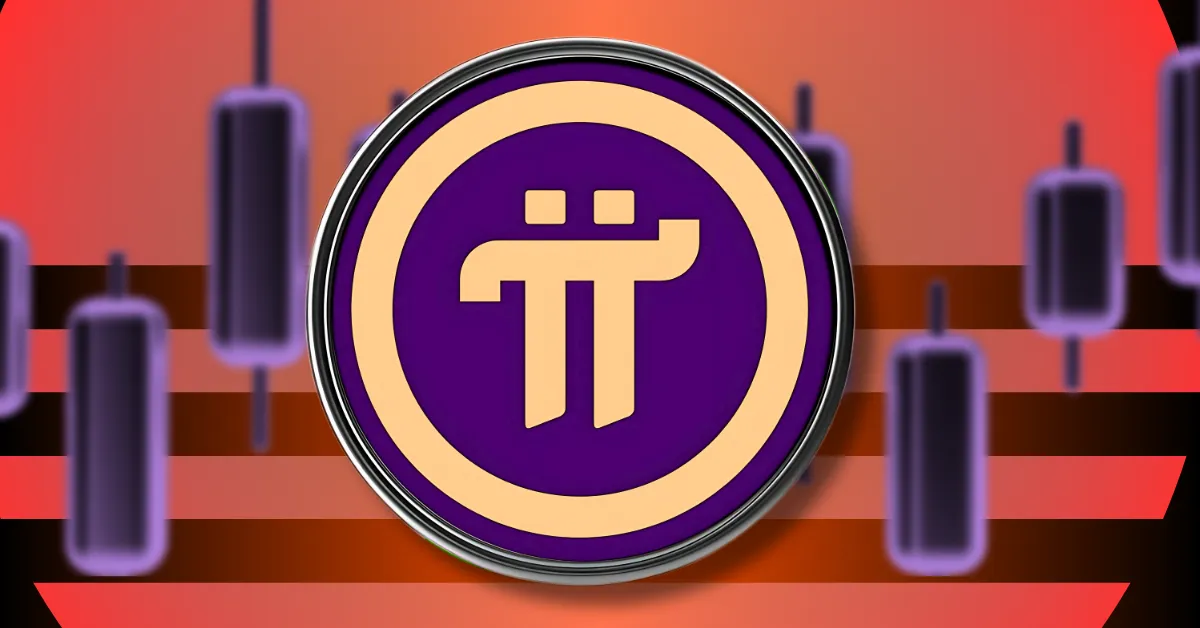Understanding the Prospect of Pi Network Reaching $100
Pi Network, a relatively new cryptocurrency that has recently transitioned from beta testing towards an open mainnet with increasing decentralization, has stirred much debate about its price potential. While the current price hovers modestly around $1 to $1.5 as of early 2025, speculation about whether Pi can rocket to $100 or even higher remains a prominent question for investors, analysts, and enthusiasts alike. This analysis delves into the various facets influencing such a price leap, covering market dynamics, adoption challenges, valuation comparisons, and future predictions.
—
Current Price Landscape and Historical Context
As of February 2025, Pi Network trades approximately between $1.14 and $1.55, with a 24-hour trading volume in the hundreds of millions. This price reflects a significant decline from previous speculative highs, such as the $100 “IOU” level witnessed briefly in late 2024. It’s important to clarify that the IOU asset symbolized a promise made by brokers, not a direct representation of Pi Network’s own token value. The mainnet itself only recently launched in February 2025, marking a milestone that transitioned Pi from experimental stages into a fully decentralized blockchain ecosystem.
The current valuation of Pi is dwarfed by the scale needed to hit $100 per token. To reach this psychological benchmark, the token would require a surge by roughly 9,000% from current levels — a monumental leap in any asset class.
—
Market Capitalization and Comparative Scale
Achieving a $100 value per Pi coin implies an astronomical market capitalization of approximately $670 billion. For perspective, Bitcoin, the most recognized and established cryptocurrency, commands around $1.7 trillion in market cap. Reaching such a valuation for Pi would necessitate not only explosive growth but also massive adoption comparable to or exceeding existing crypto giants.
This raises questions about the underlying demand needed to support such valuation. The current Pi coin user base, though large as per network claims, lacks significant transaction volume and mainstream merchant acceptance. Unlike Bitcoin or Ethereum, Pi has yet to firmly establish itself as a coveted asset for daily usage or as a store of value.
—
Factors Influencing Pi’s Price Trajectory
Adoption and Ecosystem Development
One of the primary hurdles for Pi to reach $100 is gaining widespread application and real-world utility. With over 27,000 merchants registered on Pi’s dApp Map, the network has begun making strides toward merchant integration. Yet, meaningful ecosystem expansion—encompassing partnerships, dApp development, and active user engagement—is crucial to bolster transaction volume and create tangible demand.
Without robust ecosystem growth, Pi’s token value risks stagnation or decline.
Market Sentiment and Broader Crypto Environment
Pi’s price movements have often mirrored the general crypto market’s momentum and global economic sentiments. Recent geopolitical tensions and volatility have dampened bullish activity, reflected in Pi’s minor declines and trading struggles around key price points.
Moreover, the anticipated listing of Pi on major exchanges such as Binance is seen by many as a potential catalyst that may spike interest, volume, and price action. However, even a Binance listing, typically a bullish event, does not guarantee sustainable long-term price surges without fundamental backing.
Regulatory Hurdles
Regulatory acceptance remains an unpredictable variable. Cryptocurrencies face increasing scrutiny worldwide, and Pi must navigate this evolving landscape carefully. Issues around user verification (KYC/AML compliance) and asset classification can influence investor confidence and adoption speed.
—
Price Predictions and Time Horizons
Projections on Pi’s pricing diverge widely:
– Some technical analyses forecast potential average prices near $55 to $65 throughout 2025, suggesting strong but cautious optimism.
– Long-term speculative views imagine Pi breaching $100 or even $500 by 2030, contingent on successful adoption, global acceptance, and technological progress.
– Conservative assessments highlight that even with 25% annual growth, reaching $100 could span two decades or more, emphasizing the difficulty in reaching such a milestone swiftly.
– Conversely, historical volatility and past speculative bubbles remind us that crypto markets can produce surprising price swings in shortened timeframes; however, such movements are often unsustainable.
—
Challenges to Overcome
– Unproven Value Proposition: Pi’s unique selling points, such as mining via mobile devices and a large user network, still require translation into practical economic value.
– Liquidity and Market Access: Pi token’s availability remains limited on exchanges, putting a cap on liquidity and broad investor access.
– Competition: Crypto space is saturated with projects targeting real-world adoption; without clear differentiation, Pi may struggle to capture market share.
– Speculation vs. Reality: Price appreciation to $100 currently remains in highly speculative territory, with fundamental indicators yet to justify such valuations.
—
Conclusion: Prospects Require Careful Scrutiny
The aspiration of Pi Network’s token reaching $100 is tantalizing yet fraught with considerable obstacles. While technical analyses and market enthusiasm provide glimmers of hope, the reality involves overcoming substantial adoption barriers, liquidity challenges, and market competition.
Investors must weigh these factors critically, recognizing that hitting $100 would place Pi among the world’s most valuable cryptocurrencies, a feat demanding exceptional growth and mass-market traction. The next several years will reveal whether Pi can align its technology, ecosystem, and market momentum to transform this ambitious target into reality or if the $1-$5 range will remain its natural plateau.
In the dynamic and often unpredictable crypto landscape, cautious optimism coupled with vigilant monitoring of developments is the most prudent approach toward Pi Network’s future valuation prospects.





